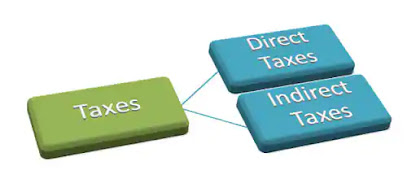Types of utility
Types of utility 1) Form utility When utility is created due to a change in the shape or structure of existing material , it is called form utility . for example , toys made of clay , furniture from wood etc . 2) Place utility When utility of a commodity increases due to change in its place , it is called place utility . for example , Woollen clothes have more utility at cold places than at warm places. Transport creates place utility . 3) Service utility Service utility arises when personal services are rendered by various professionals . for example service of doctors , teachers , lawyers etc . 4) Knowledge utility When a consumer acquires knowledge about a particular product , it is called knowledge utility . for example , utility of a mobile phone or a computer increases when a person knows about its various functions . 5) possessi...


